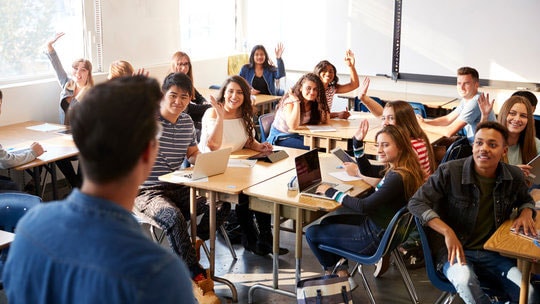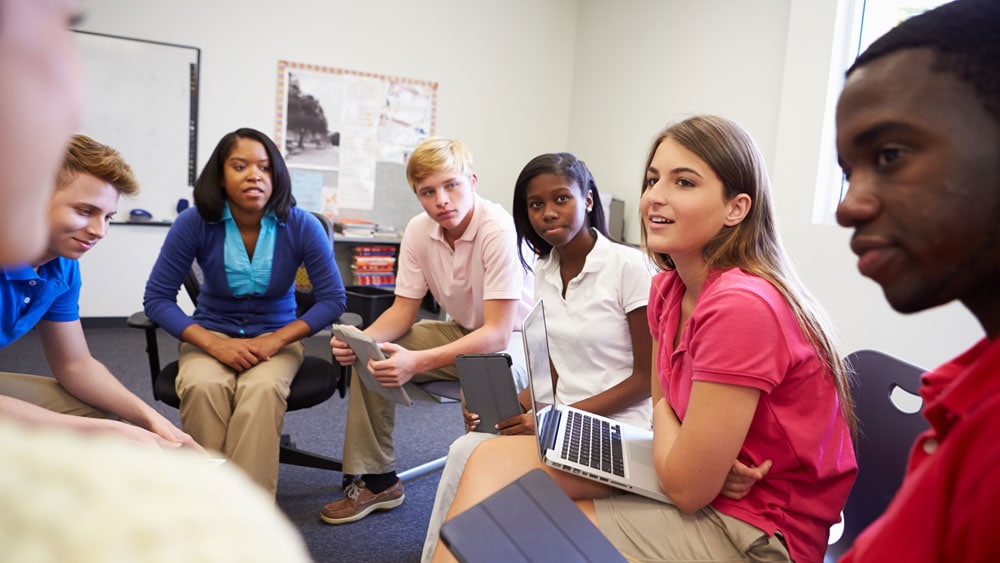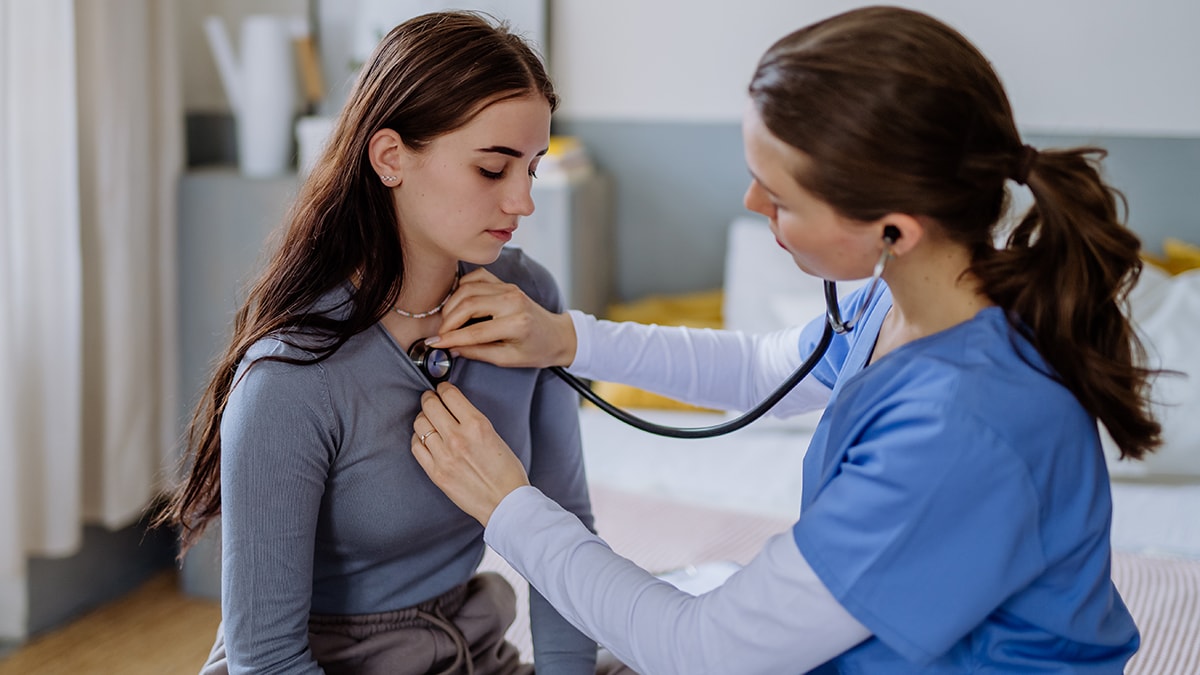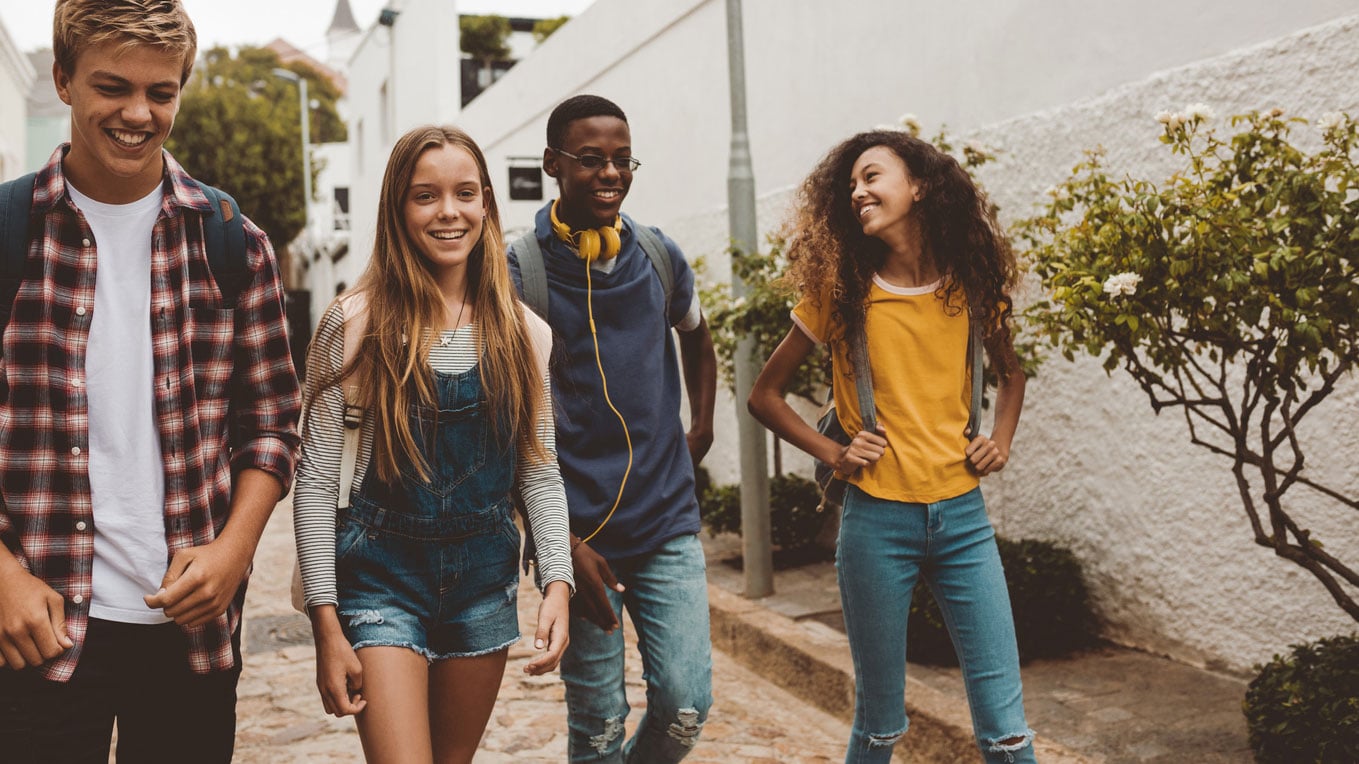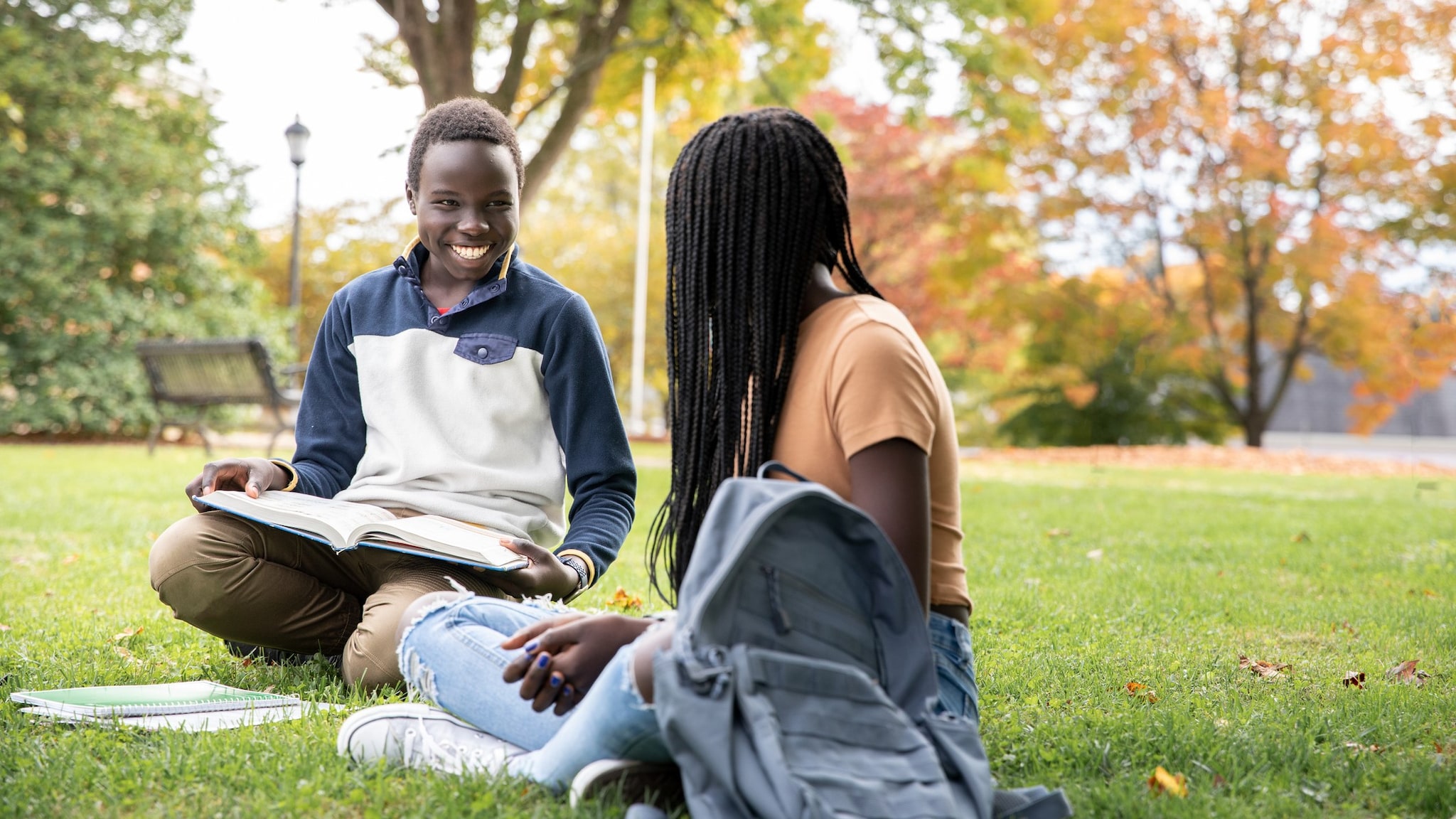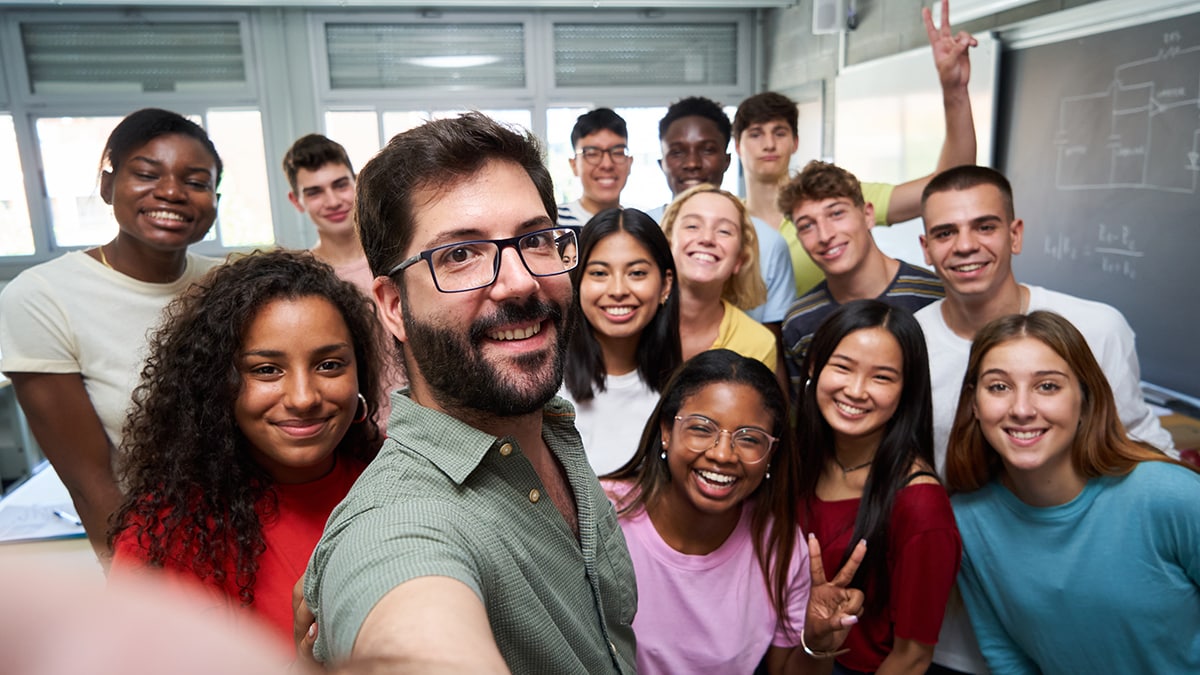At a glance
- What Works in Schools program promotes adolescent health and well-being.
- The program supports health education, connects students to health services, and improves school environments' safety and supportiveness.
- Middle and high schools using the program see improved physical and mental health among students.

Overview
Reversing negative trends
What Works in Schools is a school-based health program. In schools using the program, it has been shown to improve health behaviors and experiences, support mental health, and reduce suicidality. The program works by:
- Improving health education.
- Connecting young people to health services.
- Making school environments safer and more supportive.
Participating schools saw decreases in sexual risk behaviors among students. These schools also saw decreases in students using marijuana, missing school because of safety concerns, and experiencing forced sex.
What Works in Schools can help ensure that youth have the support they need to be healthy and thrive.


